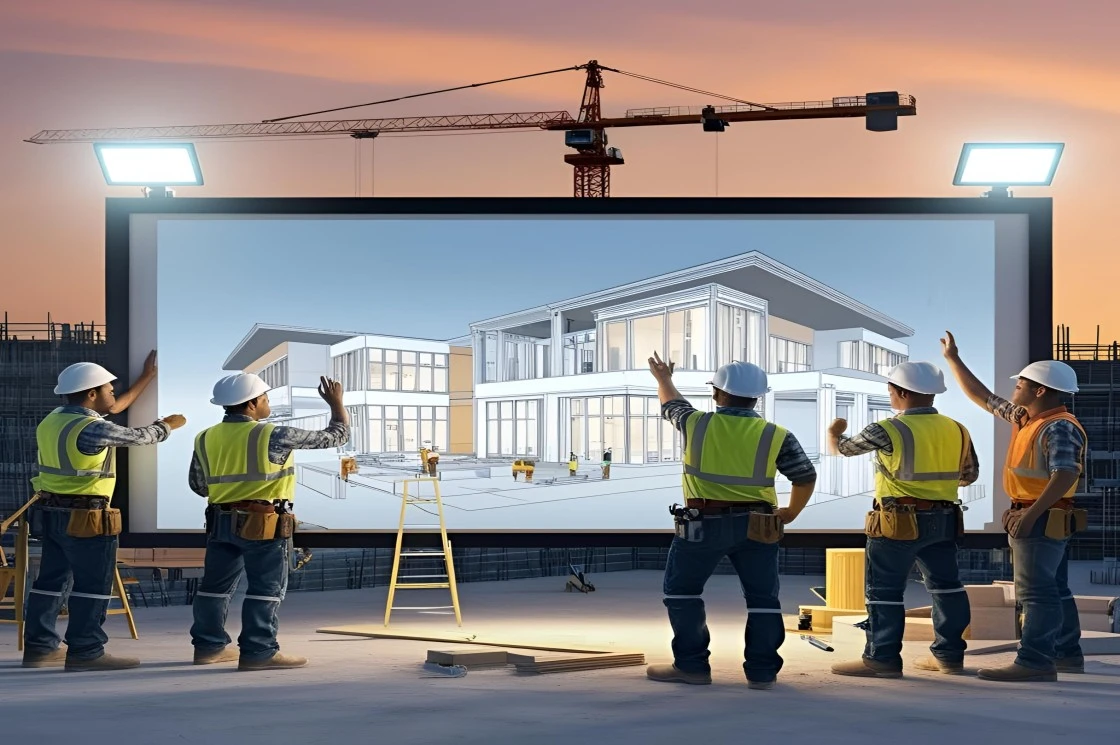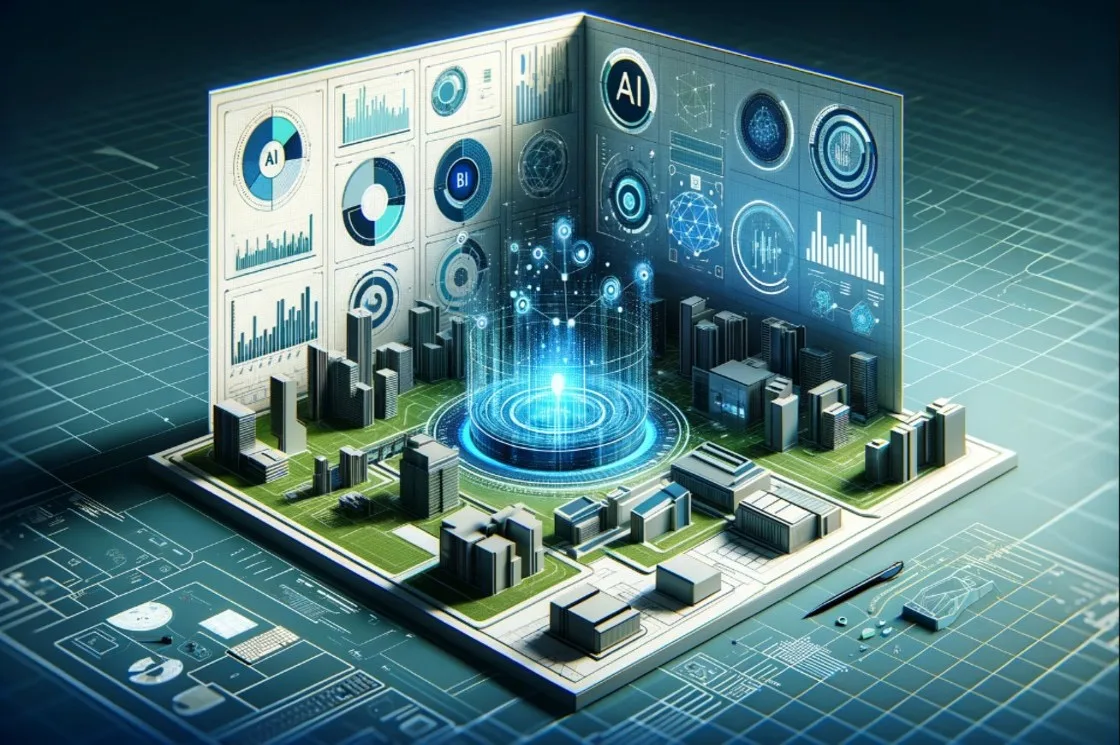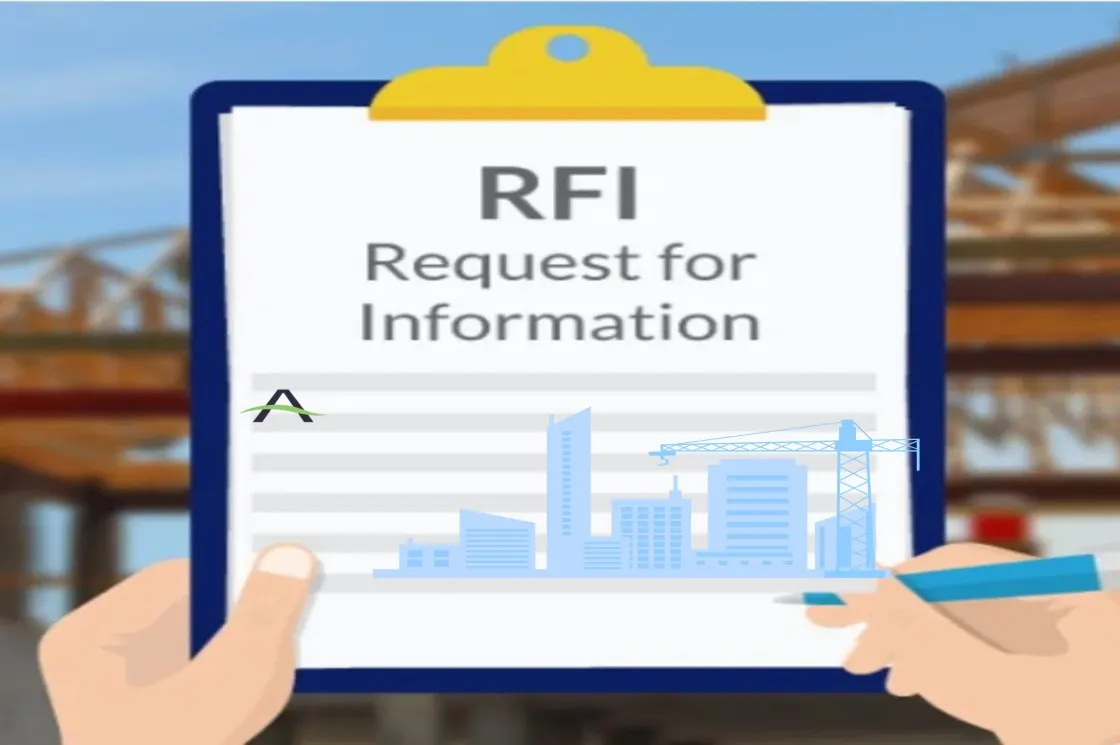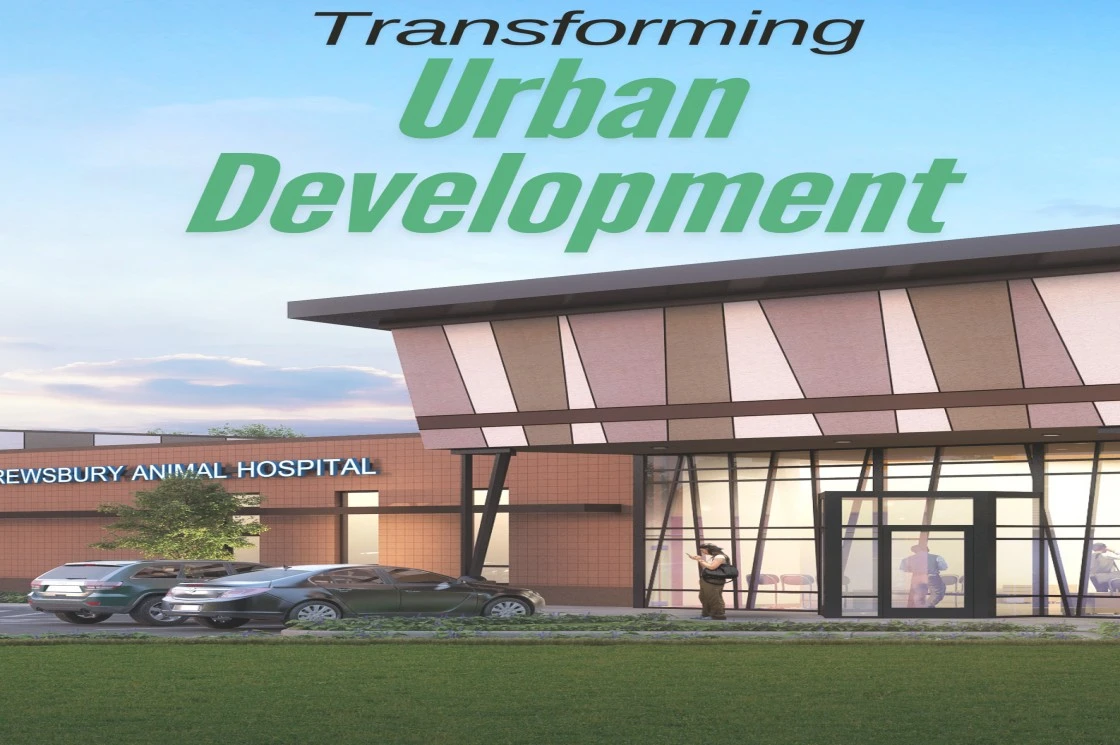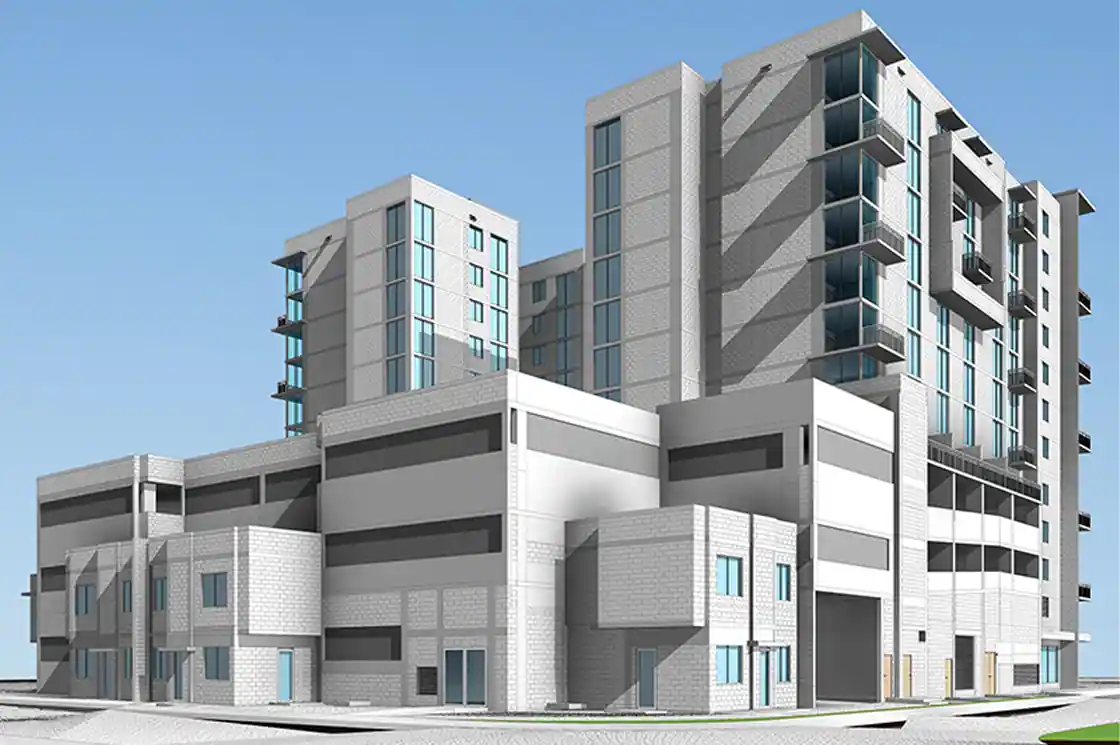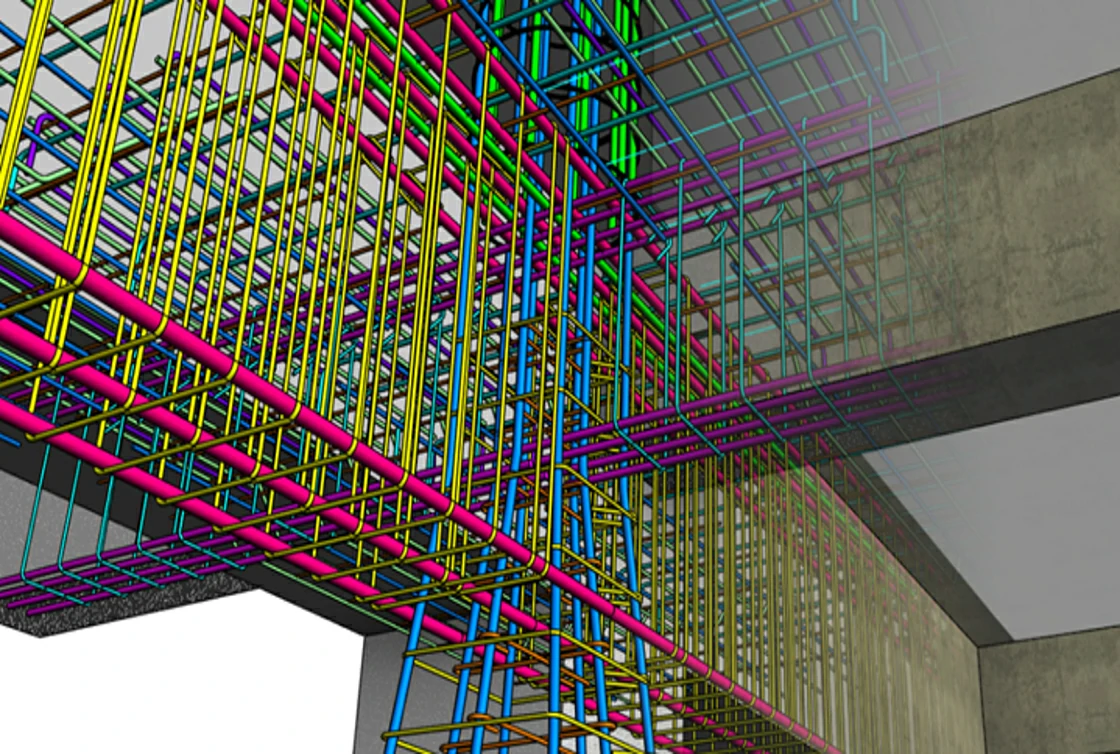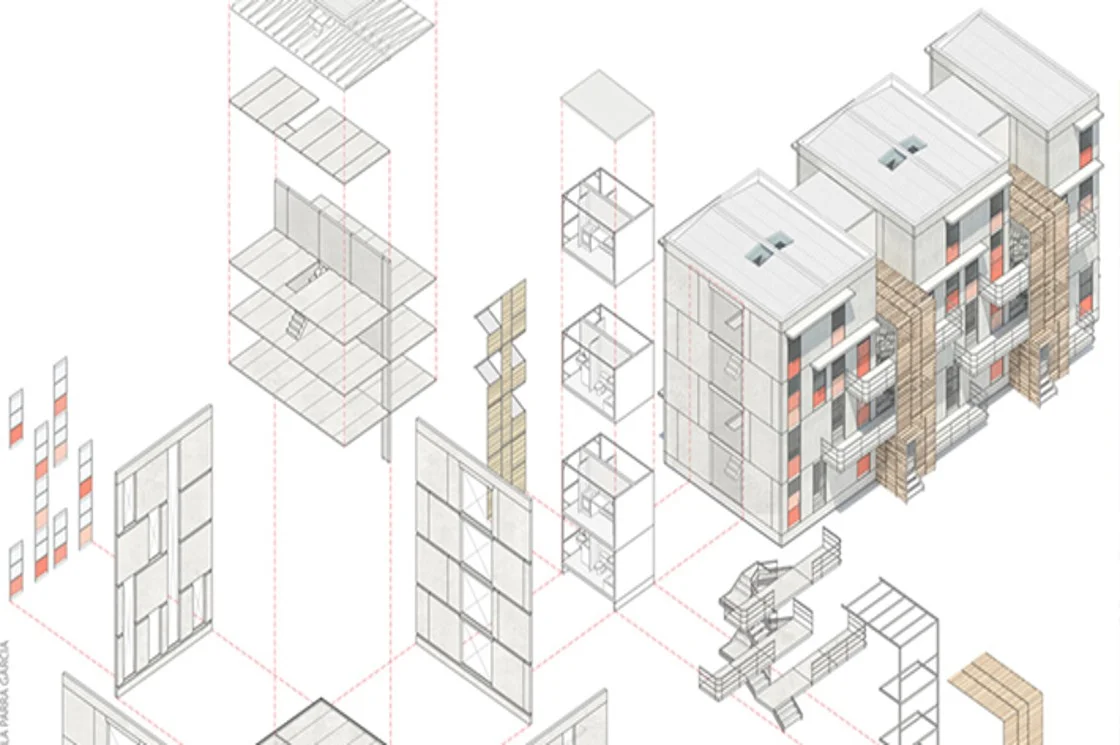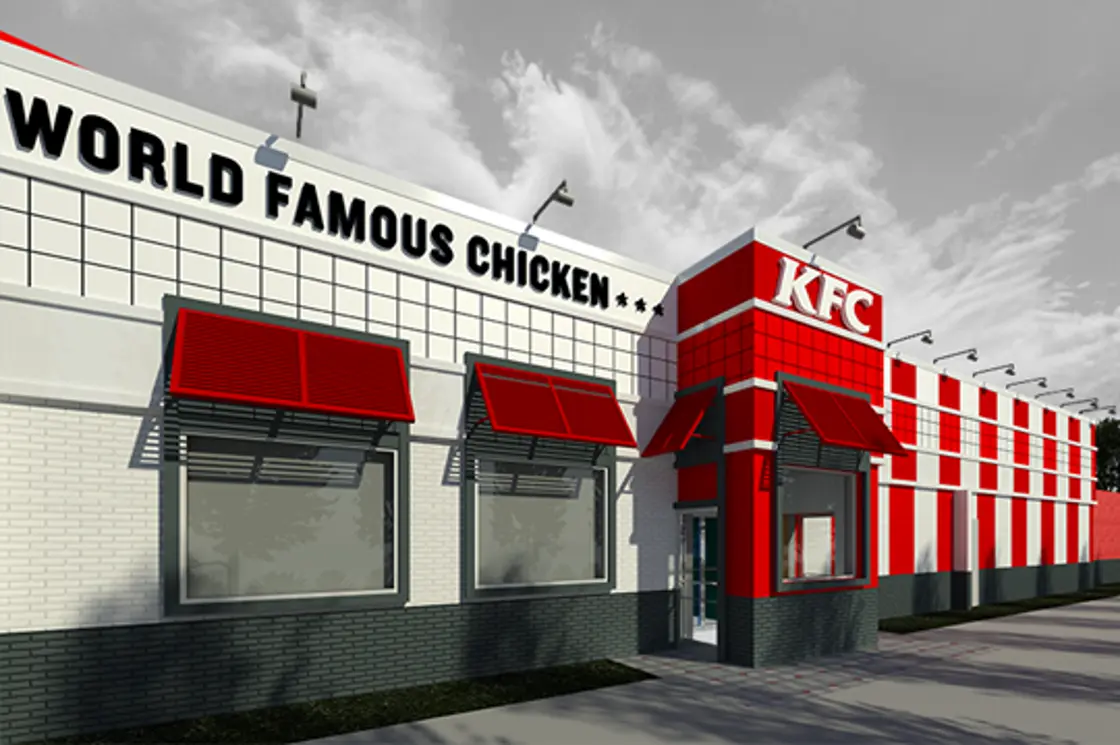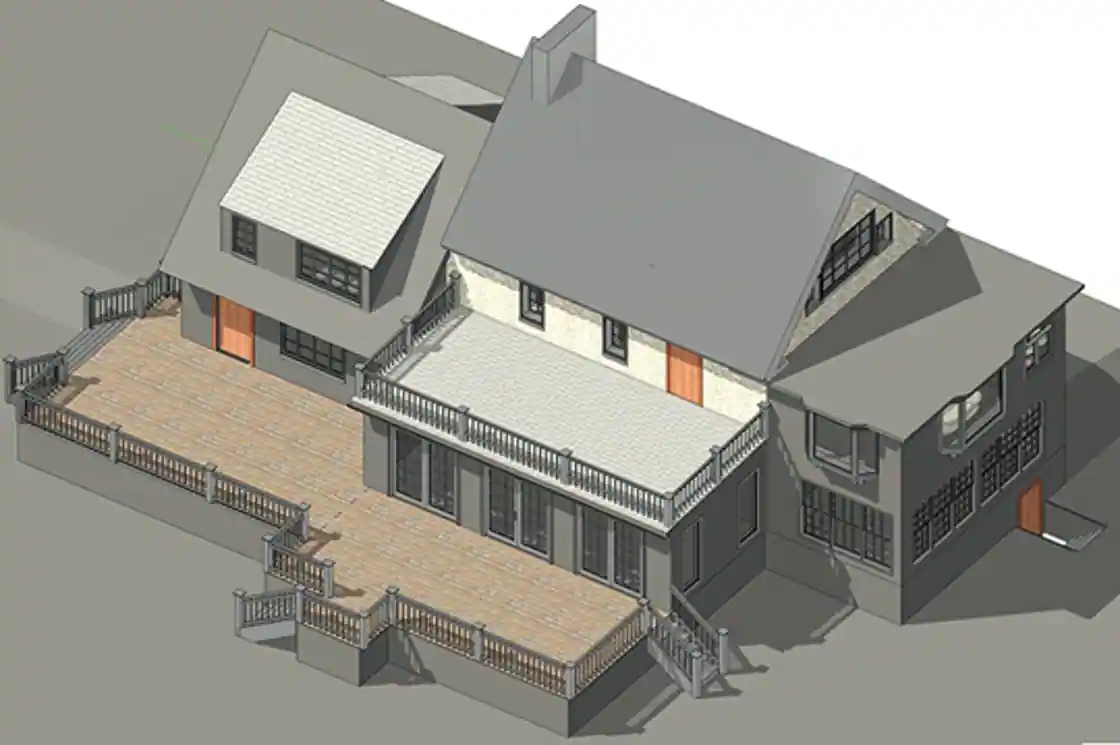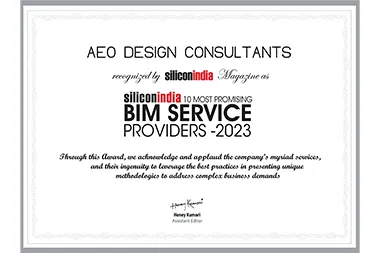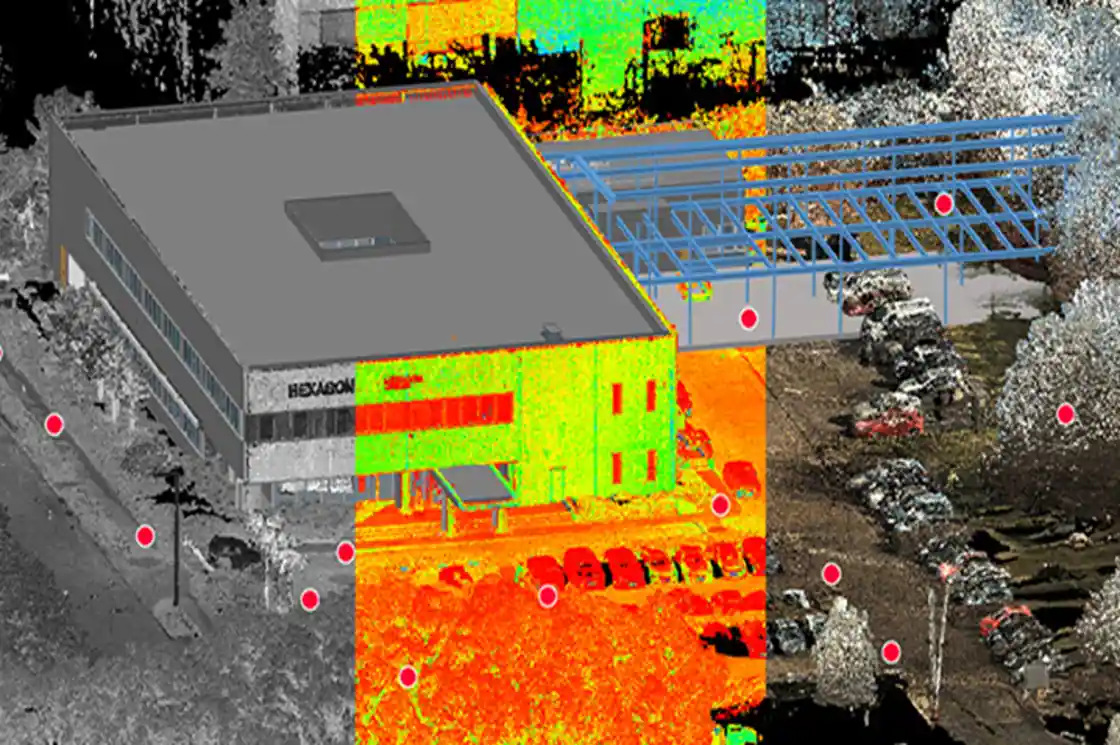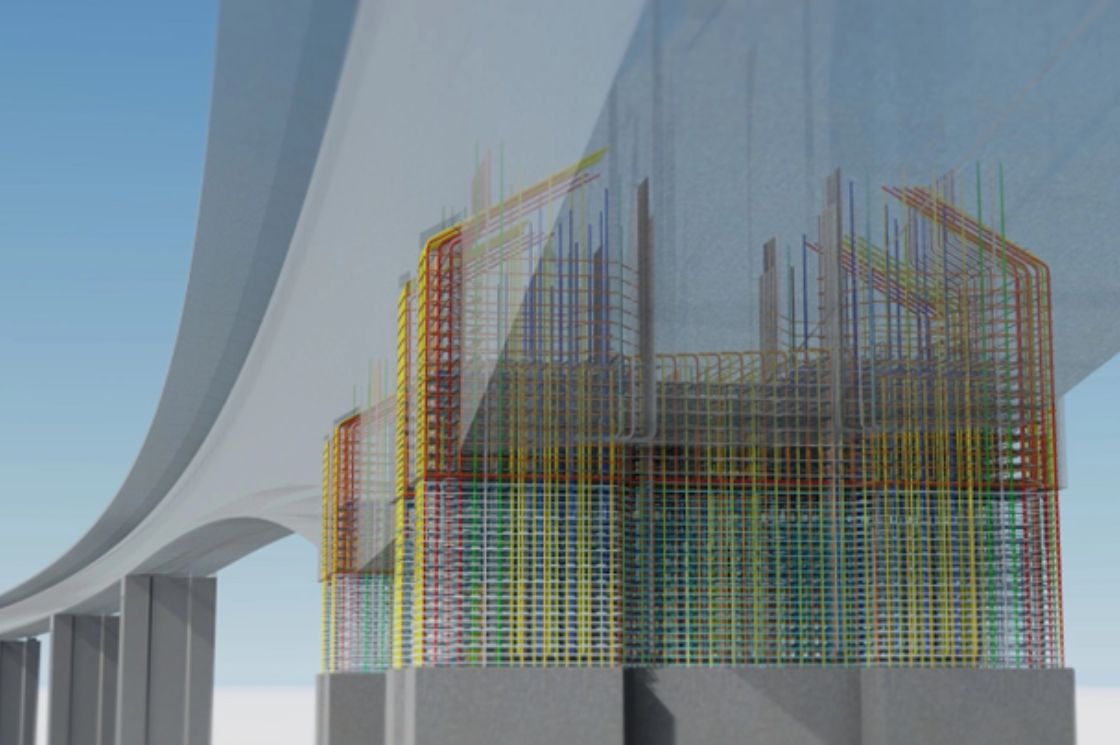Building a Collaborative Ecosystem with BIM Architecture
If you’ve ever been a part of an AEC team, you know how complex the industry can be. With multiple stakeholders and services coming together under a single roof, projects are prone to miscommunication, misunderstanding, and clashes.
Unless you work with BIM architecture!
It’s no secret that BIM architecture is enhancing the AEC productivity and efficiency. It is a new-age tool helping AEC professionals navigate these challenges. Today, the boundary between physical and digital construction is blurred, facilitating projects with minimal design revisions, lowered risks, and better cost control.
As AEC organizations surf through the wave of digital transformation, what does the future hold for the industry? Does it look promising or fraught with new challenges?
Let’s find out!
The Evolution of BIM – 3D to 10D

A few years back, the AEC industry was running its usual course. Then, Revit architecture modeling came into the picture. Technology is turning the typical face of the sector towards technology.
BIM architecture began with 3D modeling and later had much more to offer than mere visualization. The BIM dimensions have come a long way from 3D to 10D.
● 3D BIM Architecture– geometrical and graphical information.
● 4D BIM– time-related information like construction sequencing.
● 5D BIM– cost analysis, management, and estimating.
● 6D BIM– economic, social, and environmental sustainability.
● 7D BIM– facility management and planning throughout the project’s lifecycle.
● 8D BIM– safety considerations for the designing and construction phases.
● 9D BIM– lean construction.
● 10D BIM– industrialisation.
BIM is paving a path for a sustainable and resilient future of the AEC segment. It reduces coordination struggles with a seamless exchange of ideas and information.
7 Possible Ways BIM Architecture Fosters Collaboration
1. Conveying it Digitally!

Whether it’s Revit architecture modeling or structural analysis, BIM allows digital sharing. The shareable formats make it easier to offer access to the design for every stakeholder.
It allows each team member to understand the thought process and design better. At the same time, the stakeholders can plan their parts for seamless coordination.
Globalization has blurred the boundaries between work borders, BIM proves especially helpful. The digital platform accommodates every critical piece of information. With many teams working from different time zones, they have flexibility to access data as per convenience.
2. Spotting and Resolving Every Clash

Imagine knowing every project bottleneck before executing it on the site. Wouldn’t it save you hours of rework and the associated costs?
According to McKinsey analysis, 80% of cost overruns in the AEC projects occur due to change orders owing to design revisions or clash. This is where the demand for a collaborative approach arises. Clash detection identifies clashes— architecture, structure, electrical, carpentry, plumbing, or any other aspect.
Early clash detection enables stakeholders to make appropriate revisions before execution begins. It cuts down the chances of future delays with a smooth site workflow and keeps the budget in control.
3. Representing a Digital Twin

Revit architecture modeling lets you build a digital twin for your project. The precise 3D visualization makes it easier for the client to understand the vision. At the same time, the accuracy keeps the stakeholders’ concepts clarified.
3D visualization also helps the execution team comprehend the details. Seamless communication ensures that each team stays on the track throughout.
4. Impromptu Changes Reflected in Seconds
Imagine the structure team is working on site. The architect decides to make or break the walls without bringing it to the structural consultants’ knowledge. In the end, there will be clashes and unaligned designs.
Any impromptu or uninformed change in design or any other aspect of the construction project must be conveyed. While we can’t rely on Emails and WhatsApp messages for instant actions, BIM architecture facilitates actionable communication.
The centralized model reflects real-time changes and notifications. It means as soon as even 1 mm of wall is shifted, each team will receive a notification to take appropriate action.
5. Centralized Design Collaboration
Centralized data management lets each team member view, understand, or edit the model. This workflow promotes stakeholder equality. Collaboration and design coordination become more manageable with details on a single platform.
For example, suppose an electrician wishes to plan the wire layout. With design nitty gritty on screen, the team can take the best route for cables, ensuring none of the design features get compromised.
6. Reworks? We Don’t Do That Anymore!
BIM offers greater benefits with lower barriers. Going digital supports better design and workforce planning, too. With better communication, change orders won’t be necessary as much as they have been with typical workflows.
Working on the same model keeps the entire team and clients on the same page. It ensures there aren’t any misunderstandings or delays in communicating the ideas. Real-time communication minimizes the need for errors and, hence, reworks.
7. Greater Visibility, Quicker Delivery
Another primary perk of adopting BIM workflow is the project speed and quality. As the 3D visualizations and simulations offer better project visibility, teams can curate accurate schedules. From planning to preparation, each team stays pro-active with their scheduled deadlines.
The real-time updates and insights lead to leaner, shorter, and more cost-effective schedules.
The Future of BIM Play

From modeling to BIM construction documentation, technology has emerged as one of the critical pillars of the AEC industry. The robust synergy of digital and physical construction is emerging as a transformative power for innovative and efficient planning, building, and managing AEC projects.
Collaboration is the key to better problem-solving, design, and overall project performance. BIM’s centralized data management system streamlines workflows, facilitates real-time updates, and detects clashes right in the beginning.
At AEO Design Consultants, BIM is more of a catalyst for collaboration than a 3D visualizing workflow. Our teams leverage the platform to transform it into an invaluable tool for each AEC project.




